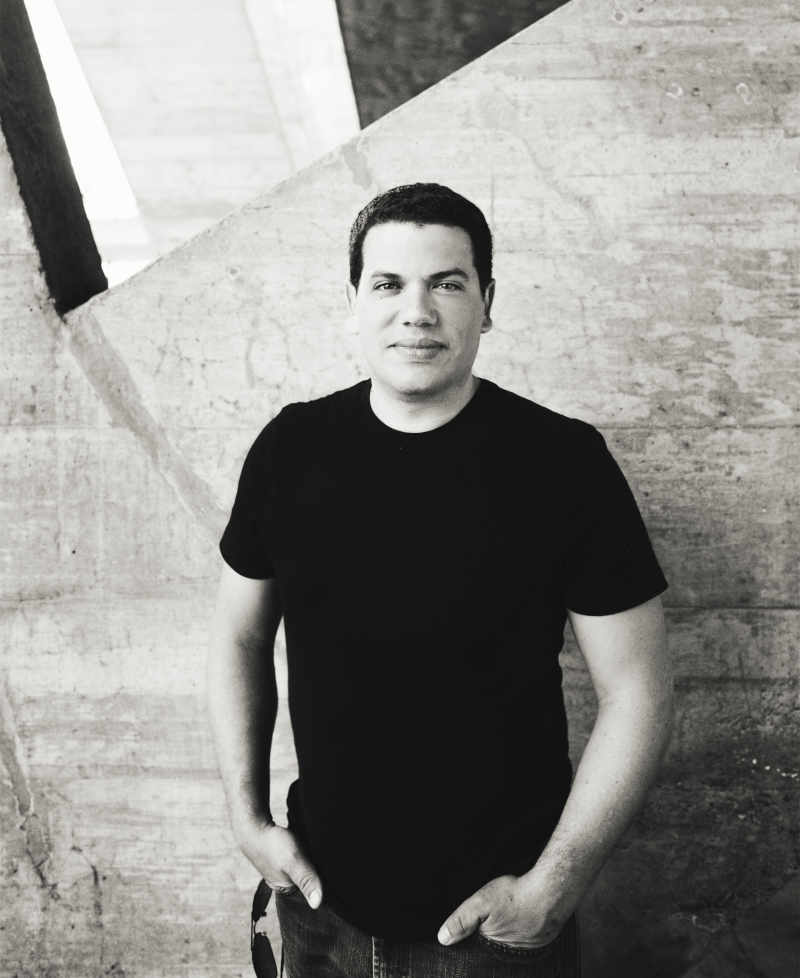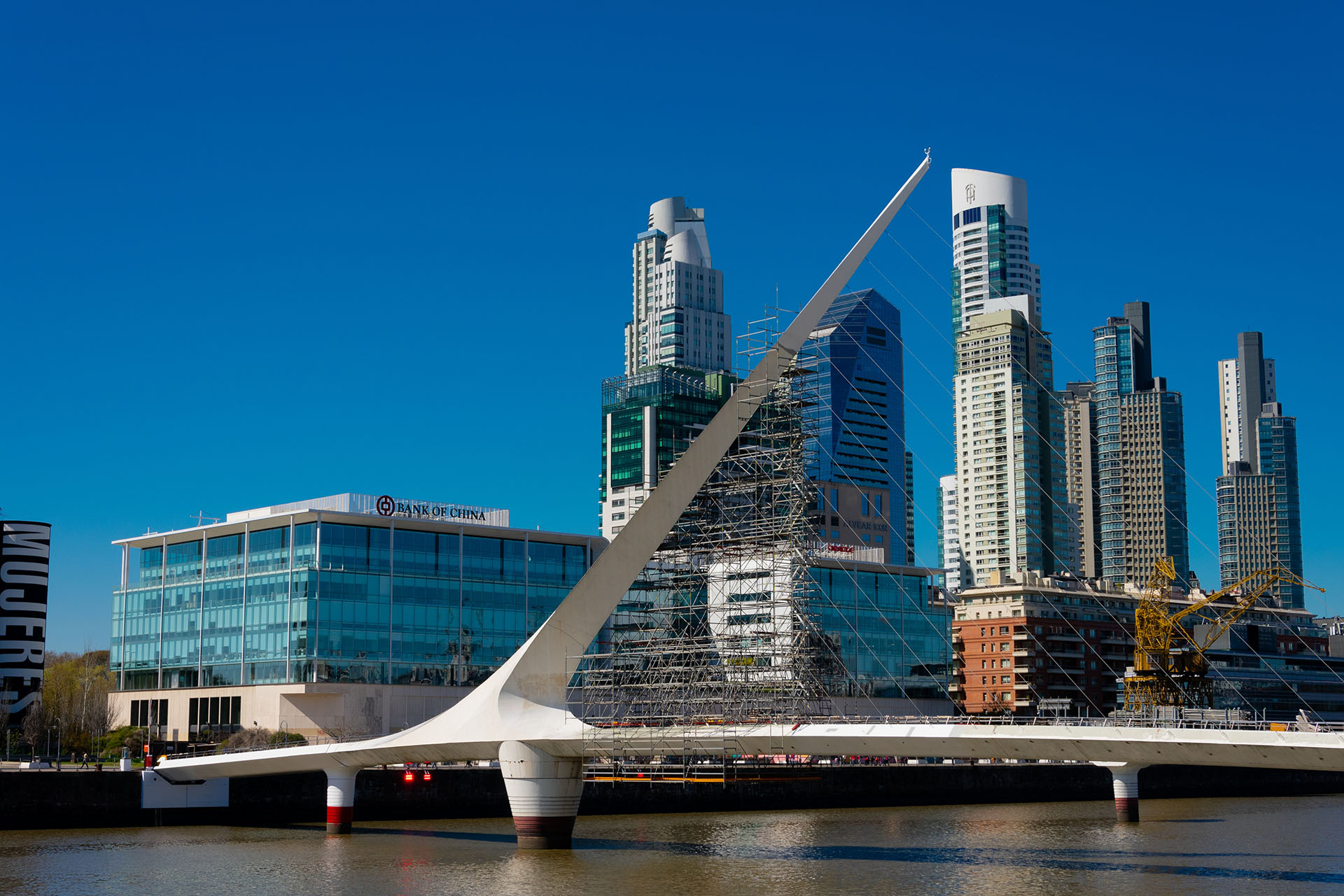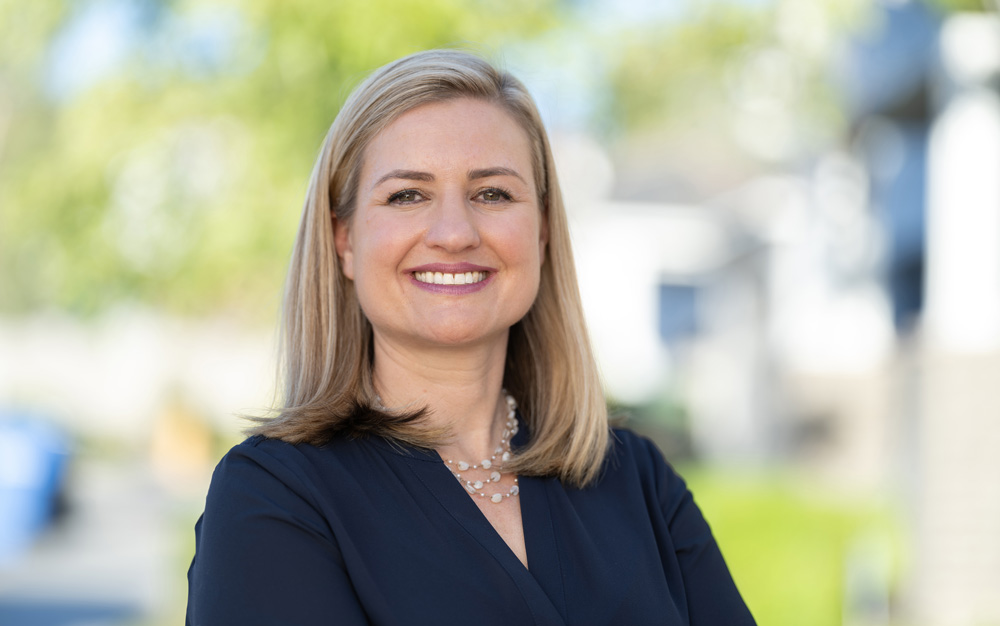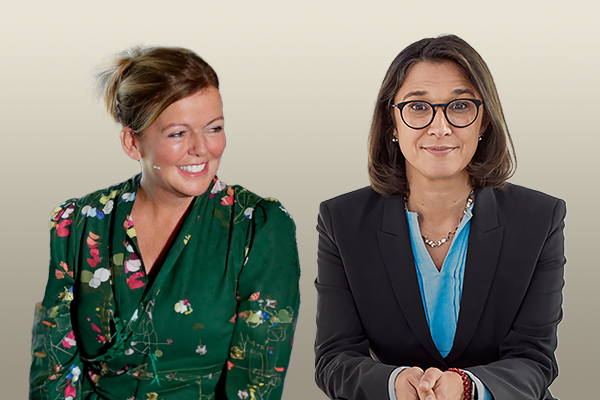 9 min
9 min
What was your experience of the event?
Tarik Oualalou: I was in Marrakech on that very day. The city had never seen anything like it. At 11 p.m. on Friday, everyone rushed out into the street in a surge of panic. However, apart from the medina, which was only partially affected, there was no damage. It was the next day that we understood that the epicenter was situated 80 km from Marrakech in the mountains. The toll – 3,000 deaths – will continue to grow, because we are identifying a great many missing and injured persons. And when we talk about survivors, it’s an area that counts between 500,000 and 700,000 people, around 300,000 people who are now homeless, between 80 and 100,000 houses destroyed, 500 schools to be rebuilt. All across an expansive region, with historically very steep access roads traveled by mule or on foot. I was astounded and moved by how all Moroccans came together. The whole country swung into action. The balance between the generosity of the people and the efficiency of the State made it possible to lessen the impact of this tragedy. It reveals who we are, confirming and causing us to examine what will have to be done in order to rebuild.
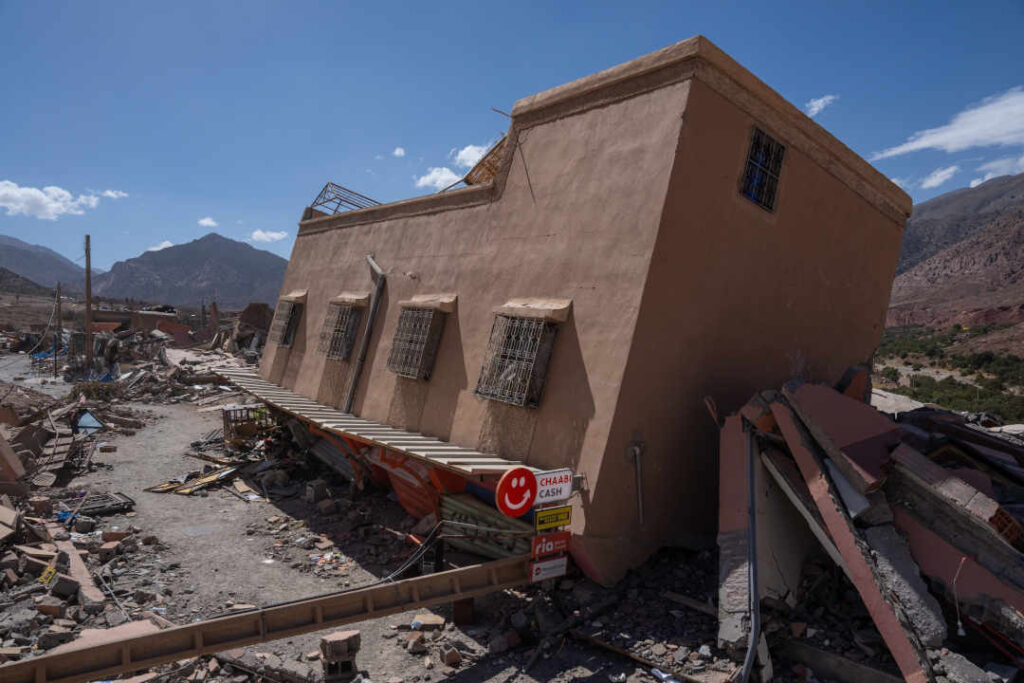
How do you envisage this reconstruction?
T. O.: Now that the emergency period is over – you have to deal with the dead and take care of the living – we are entering the post-emergency and reconstruction phase. High Atlas is a mountain range where it is extremely cold in winter. The question of reconstruction will arise in the coming weeks at the bottom of the mountain, the accessible part. However, at the heart of the mountain, it will wait until April 2024. There is obviously everything in terms of infrastructure – water, electricity, sanitation, etc. – and then the villages themselves. And in this respect, I’m worried about how we are envisioning this reconstruction, with the risk of a technocratic, technicist perspective, which would admittedly aim for efficiency but pay no heed to cultural and civilizational dimensions. Morocco is a very subtle and ancient balance between urban and rural cultures. Rural culture encompasses our relationship to nature, resources, how tribes come together. Tribes should be understood as communities in terms of neighborhood relationships, community – rather than municipal – management of the water in the wadis or the grain silos in Atlas, for example. It is this rural culture that is in danger. The reconstruction must take it into account.
The concept of sustainability as it is used excludes the cultural, social, and civilizational dimensions.
Which criteria absolutely must be respected?
We must obviously ask questions with regard to lifestyle and type of housing: first of all, the house, and then, how it fits with the different spaces – public, shared, religious. Rural life is based on rituals, which admittedly leads to a certain conservatism, but which is necessary. Rebuilding a carefully considered base for this living environment is therefore essential. Alongside this base, there is the materiality. There is a great temptation to ignore these areas made of stone, earth, and wood for questions of performance, pitting concrete construction against traditional construction. I’m convinced that we must not set them against each other. First of all, because concrete is a sustainable material when it is made in situ. Secondly, it’s not impossible to “hybridize” them to make traditional constructions more secure and earthquake-resistant. This is the main issue at stake! We will have to take two types of reconstruction into account. Reconstruction undertaken by the State, in its sovereign and regulatory role, with public amenities, schools, mosques, etc. And then self-building, carried out by individuals themselves without State involvement. The logistical complexity is huge, but it is also the first major question in terms of reconstruction. Although it is often seen pejoratively, self-building nonetheless guarantees appropriation and transmission, which requires a setting in which people are trained in best practices. Without paternalism, because they know the region better than anyone, particularly its resources.
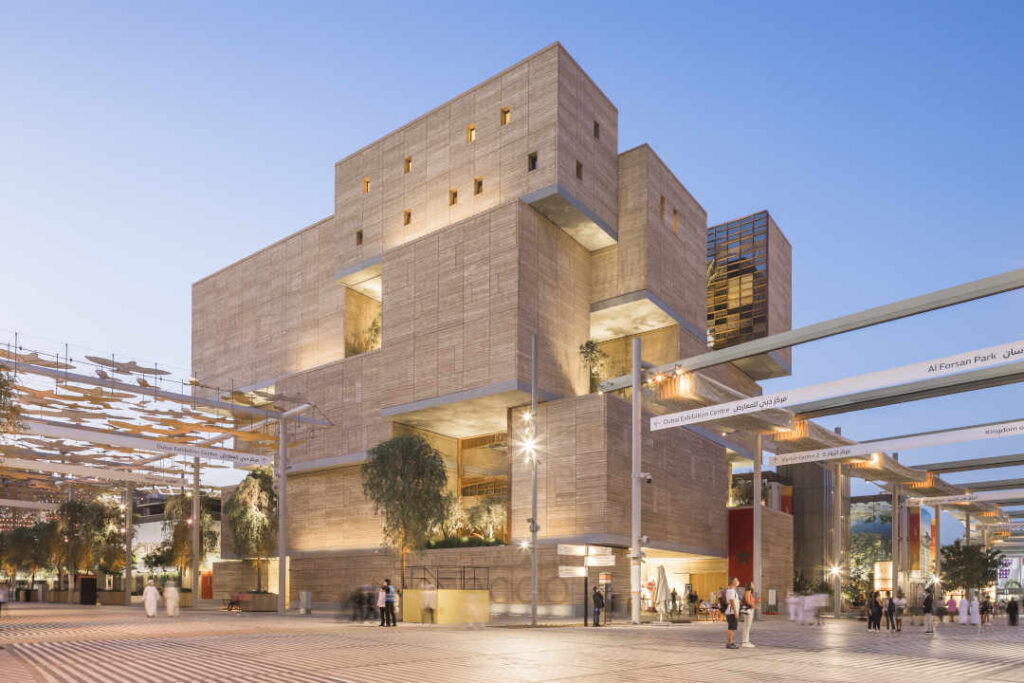
Depending on the impact areas, some buildings collapsed while others withstood the shock. Rammed earth constructions have been blamed. What do you think?
T. O.: It’s not true. Buildings located at high altitude and recent buildings were the worst affected. Old buildings, particularly those furthest from the epicenter, held up. Not all the recent constructions were made of earth and stone; for the past thirty years, a large part of them have contained a lot of concrete blocks. Without necessarily being poorly built, they do not meet anti-seismic standards. However, we can be modern while working with virtuous materials. Earth, stone, and wood are healthy, solid materials that provide thermal and acoustic comfort in which we feel better. My hobby horse is earth. I want to take it out of the box to which some people confine it as a pure material. But it has its limits. This is why we hybridize it: with wood, when we created the pavilion in Milan2; or with concrete, for the pavilion in Dubaï3. Earth is an additional material to be used.
Earth is one of the materials in sustainable construction…
T. O.: The concept of sustainability as it is used is incomplete. Because it excludes the cultural, social, and civilizational dimensions. Approaching sustainability through the prism of certification is not always adaptable to every region. If you use a high environmental quality standard to rebuild in Atlas, you are missing the issues at stake as well as the possibilities. We must be much more flexible in our thinking, in the organic sense. And learn from what already exists. In Morocco, we are fortunate to still have age-old craftsmanship techniques. They are indispensable for rebuilding Tinmal Mosque, which is 900 years old and was entirely destroyed by the earthquake. The forms of the reconstruction are therefore not an issue. All options, including light construction, are extremely useful in the emergency and post-emergency phases. Meanwhile, permanent – even sustainable – solutions, which fall within a long-term framework with a view to being subsequently handed down, form a heritage in which families will grow up.
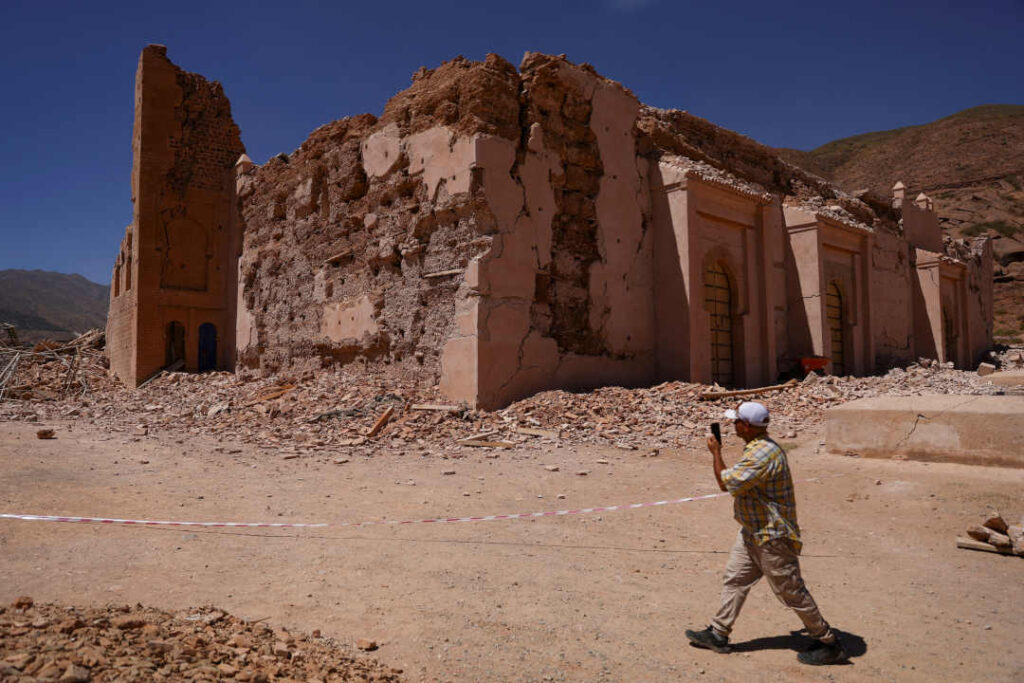
Is your view of materials more in line with longevity than sustainability?
T. O.: We have a material idea of the buildings that we create. In the sense of its embodiment, its thickness. For me, materiality is the first trigger of familiarity. A factor that creates a connection between people. Touching an earth wall does not feel the same as touching a concrete one, the scent of cedar on a roof sparks a series of emotions and activates the memory. We create rather bare and archaic, completely pared-back architecture, using materials rather than products, whose standardization takes us away from this primitive, visceral relationship to the material. I would use the term responsible construction to describe this desire to make local resources a lasting and integral part of their region.
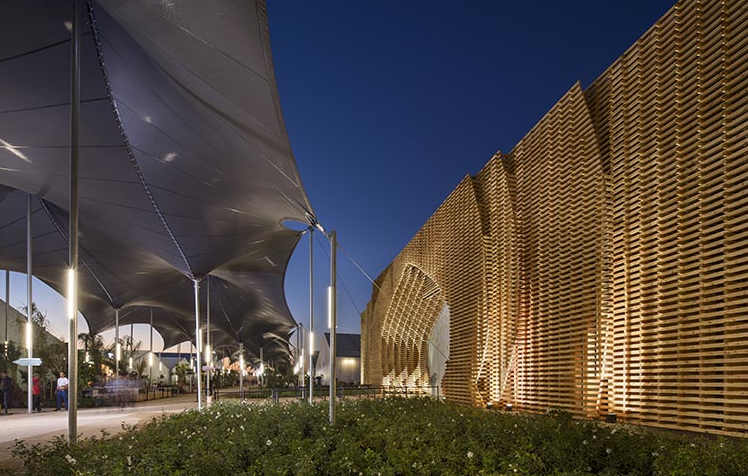
Your architecture seems like the expression of a moment, a place, an environment, including its history. Is this correct?
T. O.: Buildings are also an opportunity for us to reflect what exists. Not just the visible, but a region as a whole, with its history, its culture, its future. Hence the great importance placed on the building site itself, its appropriation by the community, the different ways of using the same materials… There is no valid architecture that is not a shifting of what exists. To change, you have to fall within a tradition, without simply repeating it. Bring about a slight shift; so, start from something, then identify and formulate the need for this slight movement. In my view, this is done through the relationship to the material and a culture of construction, as well as from the design stage of the project, with the communities for whom it is intended. We need space. Linna Choi1 and I feel better when there is more empty space. This relationship to the geography and the vast regions in which we work is essential.
If you use a high environmental quality standard to rebuild in Atlas, you are missing the issues at stake as well as the possibilities.
Is the question of landscape therefore key?
T. O.: It will arise in the Medium Atlas. Because reconstruction is also about recomposing a landscape, or at the very least providing the conditions for it. When it moved, terrible but also extremely unexpected things happened: dried-up springs reappeared. The earth literally cracked. We will have to be attentive to these shifts and not impose a pre-existing idea of the setting. The real question is not “how” but “where” to rebuild. Sometimes, moving 40 meters or 3 cm is enough, because you cannot rebuild where the building has collapsed. There are bound to be things that change on a large or small scale, of which we should take heed. The Italians know how to do this. And they have always known how to build on and with ruins.
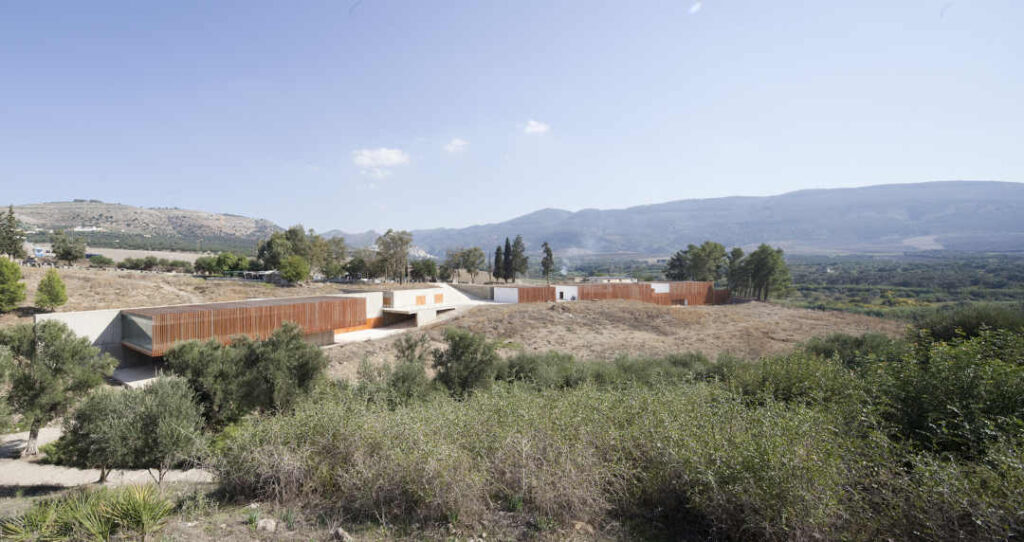
[1] The international architecture firm OUALALOU+CHOI (O+C), founded by Tarik Oualalou and Linna Choi, thinks about new ways of comprehending regions. Based in Paris and Casablanca, it has many major projects to its name, including Volubilis Museum in the Meknes region (finalist for the AFEX 2014 award), the COP22 Village in Marrakech, the Morocco Pavilion for Expo Milan (“Expo 2015 architecture” award) and Expo Dubai (2020), the FLIJ Sahrawi tent set up on the forecourt of the Arab World Institute and the Moroccan Cultural Centre in Paris, the Africa house for the Bezannes Esperanto project (Marne) and the new city of Mazagan to the south of Casablanca. www.oplusc.com [2] www.oplusc.com/exp [3] www.oplusc.com/dubai
Photo credits: © Charlotte Valode, © Nathan Laine/Bloomberg/Getty Images, © Carl Court/Getty Images, © O+C-Boegly+Grazia, © O+C-Luc Boegly © Hannah McKAY-Reuters, © O+C-Luc Boegly











